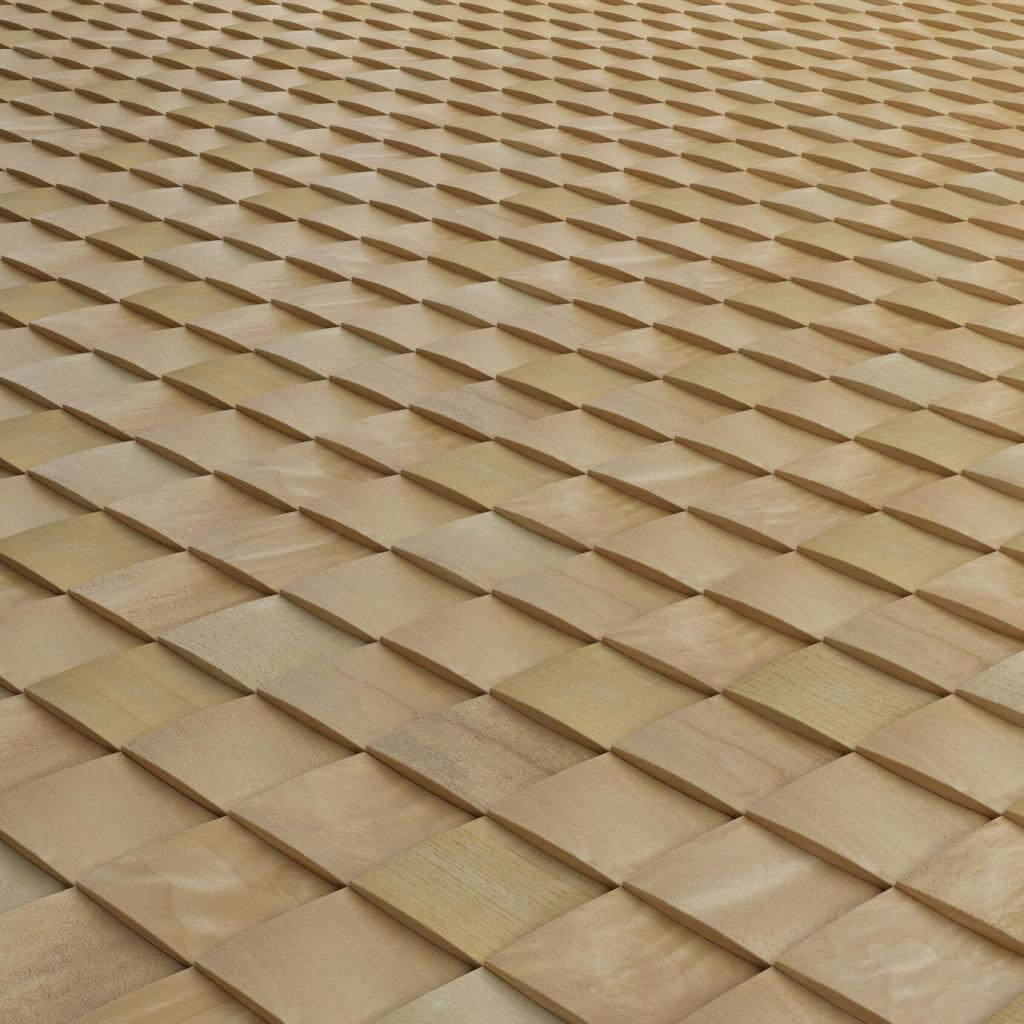
DIY Roof Cleaning Methods
Discovering effective ways to clean your roof can extend its lifespan, boost curb appeal, and protect your home investment. DIY roof cleaning offers a practical solution for homeowners looking to remove grime, moss, and algae without hiring professionals. From detergents to proper safety measures, understanding different techniques and their benefits will empower you to maintain a clean roof safely and efficiently. This guide explores multiple methods, key considerations, and essential tips to help you revive your roof and keep it looking its best throughout the seasons.
Choosing the Right Cleaning Solution
Understanding Roof Contaminants
Roofs are exposed to the elements year-round, making them susceptible to various contaminants such as moss, algae, lichen, and black streaks caused by airborne spores. Recognizing the specific types of grime affecting your roof is important because each contaminant may require a different cleaning approach. For instance, moss often needs a more gentle removal method compared to persistent lichen which adheres tightly to shingles. By identifying what’s growing on your roof, you can choose the most effective cleaning agents and methods for a thorough clean that doesn’t compromise the integrity of your roofing material.
Commercial vs. Homemade Cleaners
The choice between commercial cleaning agents and homemade solutions is a frequent consideration for DIYers. Commercial cleaners are formulated to tackle specific roof stains and are often easy to apply, offering predictable results. However, they may contain harsh chemicals that could pose risks to plants, pets, or the roof itself if used improperly. Homemade cleaners, such as solutions using bleach, vinegar, or baking soda, can be gentler and environmentally friendly, but their effectiveness varies based on concentration and application. Balancing safety, efficacy, and environmental impact is key when deciding which cleaner is right for your roof cleaning project.
Roof Material Sensitivity
Every roofing material, from asphalt shingles to metal panels and clay tiles, reacts differently to cleaning chemicals and methods. Asphalt shingles can degrade under harsh chemicals or high-pressure washing, while metal and tile roofs are generally more resilient but need their own care approach. Knowing the sensitivities of your roof material will guide you in selecting compatible cleaning solutions and avoid unintentional damage. Always test any cleaning product on a small, inconspicuous area first and consult your roof manufacturer’s recommendations to ensure compatibility.
Effective Cleaning Techniques
Low-pressure washing is a preferred method for cleaning most residential roofs because it minimizes the risk of shingle or material damage. This approach utilizes garden hoses or low-pressure nozzles to rinse away debris and loosen dirt, making it a safe alternative to traditional power washers which can strip granules from shingles or force water under tiles. Low-pressure washing is particularly effective when used in combination with specialized cleaning solutions that break down stains or moss before rinsing. Always direct the water flow downward to avoid lifting shingles or seams and ensure thorough yet gentle cleaning.
